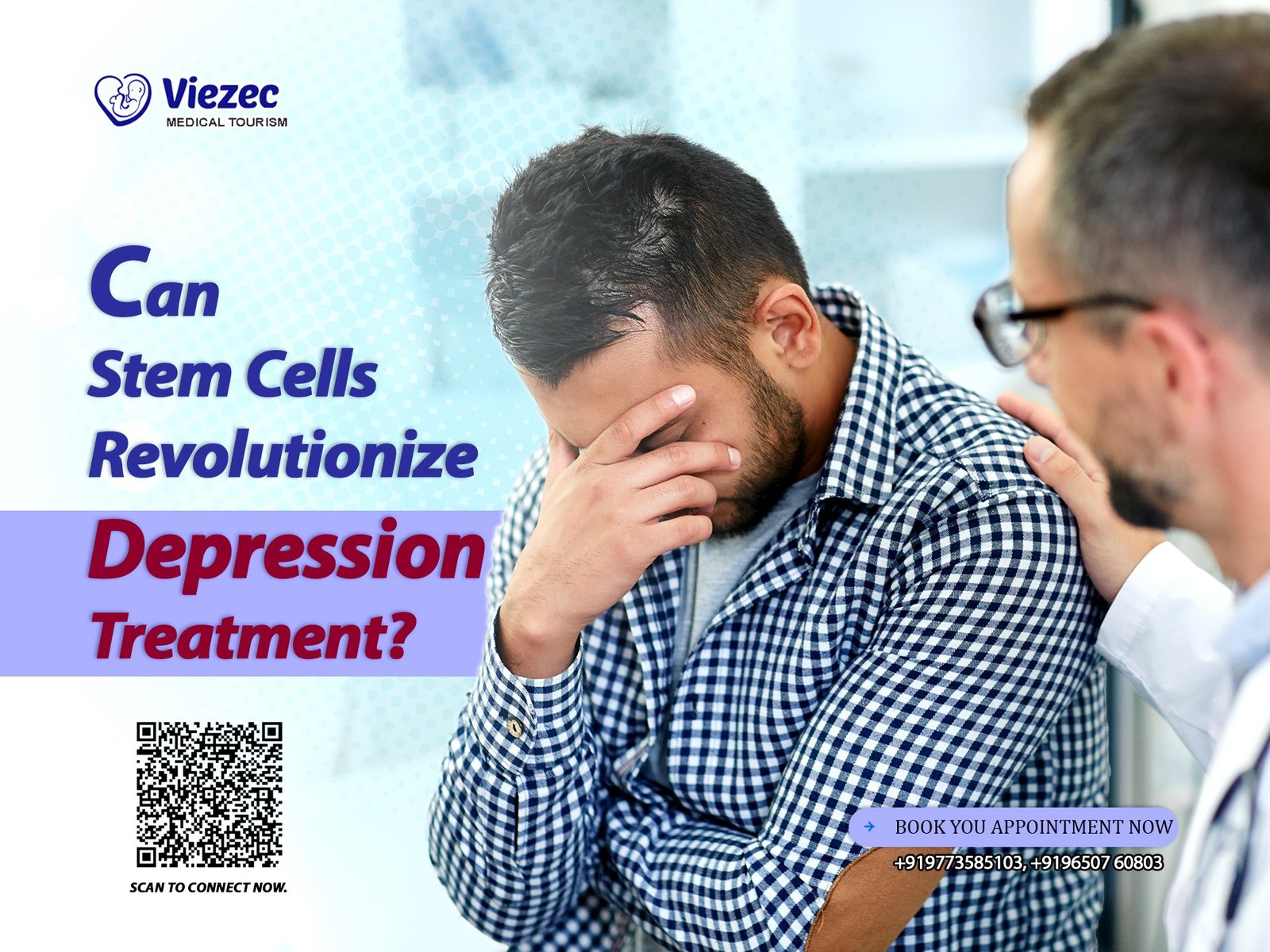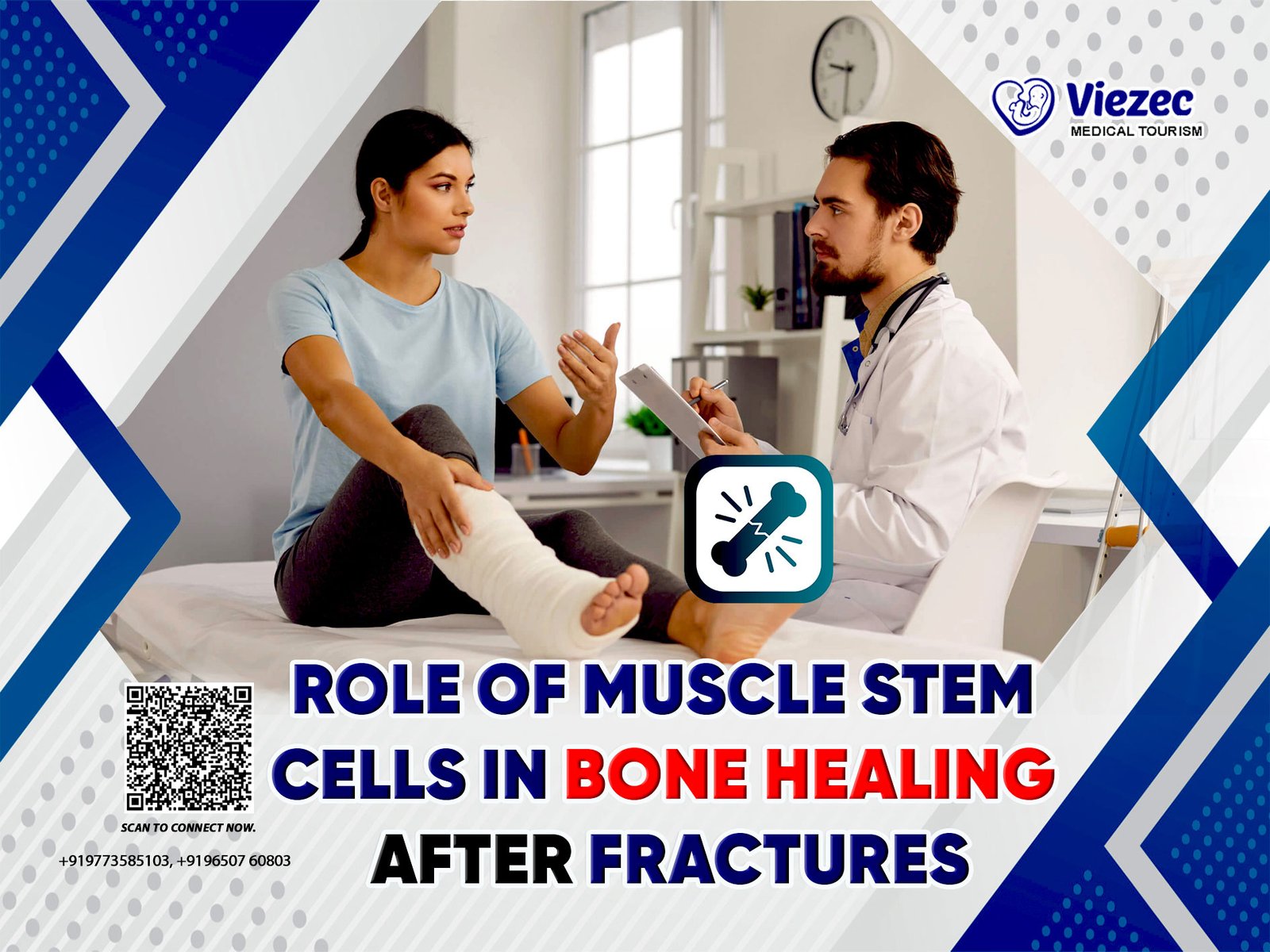Stem cell tourism is a growing global phenomenon that has become a beacon of hope for many individuals seeking treatments for chronic conditions, injuries, and degenerative diseases. With advancements in regenerative medicine, stem cell therapies are offering patients the possibility of healing that was once unimaginable. However, despite the promise of these treatments, they may not be readily available or approved in all countries, leading many to explore stem cell tourism – traveling abroad to seek treatments that may not yet be legally or widely offered in their home nations. In this article, we’ll explore what stem cell tourism is, why it’s becoming more popular, and what potential patients need to know before embarking on this journey.
Understanding Stem Cell Tourism: An Overview
What is Stem Cell Tourism?
Stem cell tourism refers to the practice of traveling to other countries to access stem cell treatments. This typically involves patients seeking therapies for various conditions that may not be available or legally approved in their home country. As medical tourism grows, the demand for cutting-edge treatments, like stem cell therapy, is also on the rise.
Origins of Stem Cell Tourism
The term “stem cell tourism” began to gain traction in the early 2000s as stem cell research started showing promise in treating chronic diseases and injuries. Many patients, especially those facing life-altering conditions such as Parkinson’s disease, spinal cord injuries, and arthritis, found themselves seeking alternatives to traditional treatments, often due to limited options available locally. They turned to countries with fewer regulatory hurdles, where stem cell treatments were offered more freely or at a significantly lower cost.
Why Do People Choose to Travel for Stem Cell Treatments?
People opt for stem cell tourism for several reasons. For some, it’s the allure of new, unapproved therapies that aren’t available in their home country due to regulatory limitations. Others are drawn by lower treatment costs in countries with less expensive healthcare. Furthermore, the perceived expertise in certain countries, where clinics specialize in stem cell therapies, plays a major role in attracting international patients.
How Stem Cell Tourism Works
The Process of Traveling for Stem Cell Therapy
When patients decide to undergo stem cell therapy abroad, the process typically begins with research. Most patients spend time researching clinics and the treatments they offer, looking for a place that has a reputation for safety, professionalism, and efficacy. After choosing a clinic, patients will arrange their travel plans, including accommodations and transportation.
Key Steps Involved in Stem Cell Tourism
The key steps for stem cell tourism involve:
-
Research: Identify reputable clinics, read reviews, and verify accreditation.
-
Travel: Patients plan their journey, securing medical visas and accommodations.
-
Treatment: Upon arrival, patients undergo an initial consultation, followed by the stem cell procedure, which could range from injections to surgeries.
-
Recovery: After treatment, patients typically stay in the destination country for a period of recovery and follow-up care, depending on the nature of the procedure.
What makes this process unique is the expectation that patients will often experience a level of personal engagement and cutting-edge technology unavailable in their home countries.
Popular Destinations for Stem Cell Treatments
Several countries have become known for their advanced stem cell treatments, attracting patients from around the world. These destinations often offer more affordable options, faster access, and cutting-edge technology. The most popular countries for stem cell tourism include:
-
Mexico: Due to its proximity to the U.S. and affordable healthcare, Mexico is a popular destination for Americans seeking stem cell therapies. Cities like Tijuana and Monterrey are known for their specialized clinics.
-
India: With an extensive medical tourism infrastructure, India offers high-quality stem cell treatments at a fraction of the cost in Western countries. It’s especially renowned for offering treatments for conditions such as osteoarthritis and spinal injuries.
-
Thailand: Known for its modern healthcare system and well-established medical tourism sector, Thailand is another go-to destination for stem cell treatments, particularly in Bangkok and Phuket.
-
Costa Rica: This Central American destination offers affordable and high-quality stem cell treatments, particularly for patients seeking regenerative therapies for joints and spine issues.
Each of these countries offers competitive pricing, but it’s important to note that the cost of treatment can vary based on the clinic and the specific procedure.
Types of Stem Cell Treatments Offered Abroad
Stem cell treatments abroad are widely varied, depending on the condition being treated and the technology used in the procedure. Some of the most common treatments available through stem cell tourism include:
-
Joint Regeneration for Arthritis: Stem cells are used to promote cartilage regeneration, helping patients suffering from osteoarthritis or rheumatoid arthritis to reduce pain and improve joint function.
-
Spinal Cord Injury Treatments: Stem cells are injected into the spinal cord in an attempt to regenerate damaged tissue and potentially restore lost functions.
-
Neurological Disease Treatments: Stem cells are being used to treat diseases like Parkinson’s and Alzheimer’s by aiming to repair or replace damaged brain cells.
-
Diabetes Treatment: In certain clinics, stem cells are used to regenerate insulin-producing cells in the pancreas for patients suffering from diabetes, offering a potentially groundbreaking approach to managing the disease.
While stem cell therapies show promise, they come with both potential benefits and risks. It’s crucial for patients to fully understand the nature of the treatment, its success rates, and the risks involved before pursuing such therapies.
Benefits of Choosing Stem Cell Tourism
The primary benefit of stem cell tourism is gaining access to advanced stem cell treatments that may not yet be available in a patient’s home country. For many, it serves as an opportunity to explore alternative therapies when conventional medicine has proven ineffective. Moreover, stem cell treatments abroad are often more affordable, particularly in comparison to similar therapies in countries like the U.S. or the UK. These international destinations may also provide access to some of the most cutting-edge regenerative technologies, sometimes exceeding the expertise available in the patient’s home country.
Risks and Ethical Concerns of Stem Cell Tourism
Despite the appeal, stem cell tourism does come with its fair share of risks. Patients traveling abroad for stem cell treatments may encounter unregulated clinics offering unproven procedures. Without proper oversight, these clinics may lack the standards of care that are expected in more regulated healthcare systems. There is also the risk of receiving treatments that have not been fully researched or shown to be effective, which can lead to complications or even harm.
Ethical concerns also arise in regions where stem cell practices may not be as tightly controlled. The use of stem cells sourced from human embryos or unapproved stem cell lines may raise moral and legal issues.
How to Choose a Safe and Reliable Stem Cell Clinic Abroad
When considering stem cell tourism, it’s essential to carefully vet the clinics you’re thinking about. Begin by researching clinic accreditations, medical professionals’ credentials, and patient reviews to ensure the clinic’s credibility. Understanding the clinic’s track record with your specific condition and the success rates of their treatments is crucial. Additionally, verifying the legitimacy of the clinic and confirming that it operates under strict ethical guidelines will help ensure your treatment is safe and effective. Taking these steps will significantly reduce the risks and provide a positive stem cell therapy experience.
Legal and Regulatory Considerations in Stem Cell Tourism
Stem cell treatments abroad are subject to varying degrees of regulation. In some countries, treatments may be subject to minimal oversight, which can create risks for patients. It’s essential for patients to understand the legal landscape before traveling. Some countries, like the U.S., have stringent regulations for stem cell research and treatments, while others may have fewer regulations or oversight. Understanding these differences and knowing your legal rights as a patient is critical before committing to a treatment abroad.
The Future of Stem Cell Tourism: Trends and Innovations
The field of stem cell tourism continues to evolve as more clinics adopt new technologies and as international regulations begin to catch up with the rapid advancements in regenerative medicine. In the future, stem cell therapies are expected to become more accessible and safer, as global standards improve and new research paves the way for more effective treatments.
Frequently Asked Questions
-
What is the cost of stem cell tourism?
The cost of stem cell treatments abroad can vary, but it’s generally more affordable compared to Western countries. Expect costs to range from a few thousand to tens of thousands of dollars, depending on the treatment. -
Is stem cell tourism safe?
Stem cell tourism is not without risks, but choosing reputable, accredited clinics can significantly reduce the chances of complications. -
Can stem cell treatments cure diseases?
While stem cell treatments hold great promise, they are not guaranteed cures. Success rates vary depending on the condition and the clinic’s expertise. -
How long do stem cell treatments take?
The length of treatment can vary based on the type of therapy, but most stem cell treatments require several days for initial procedures and recovery.
Is Stem Cell Tourism Right for You?
Stem cell tourism offers exciting possibilities for those seeking alternative treatments, but it’s not a decision to be taken lightly. Patients must weigh the potential benefits against the risks, conduct thorough research, and consult medical professionals. With the right information and careful planning, stem cell tourism can offer hope to individuals facing chronic conditions and injuries. However, always prioritize safety, accreditation, and ethical considerations before making a decision.









